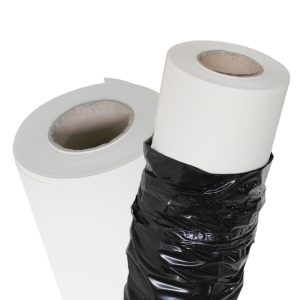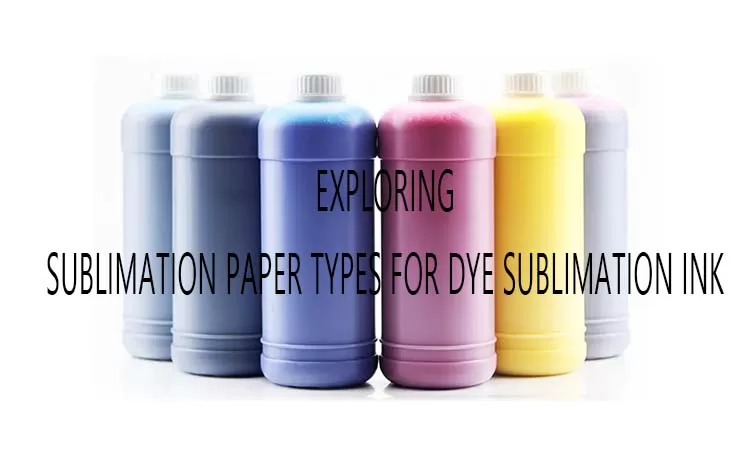Dye sublimation printing relies on high-quality sublimation paper to achieve vibrant and long-lasting prints. With a wide range of sublimation paper types available, it's essential to understand their unique characteristics and choose the most suitable option. In this article, we will delve into different types of sublimation paper for dye sublimation ink, providing a comparative analysis to help you make an informed decision.
Standard Sublimation Paper

Standard sublimation paper is widely used and has good comprehensive performance. It typically features a mid-weight design and a microporous coating that enhances ink absorption and color saturation. This paper is suitable for a variety of applications including apparel, home décor and promotional products.
High release sublimation paper
Carefully designed, high-release dye-sublimation paper can maximize ink transfer and color brightness. It has a special coating that increases ink saturation, resulting in stronger, more vibrant prints. This paper is ideal for applications requiring excellent color reproduction, such as art and photography.
Adhesive sublimation paper
Adhesive sublimation paper has a sticky or sticky surface that helps prevent ghosting and shifting during transfer. The tack allows for better adhesion to substrates, reducing the risk of misalignment or smudging. This type of paper is especially beneficial for complex or complex designs and guarantees precise and accurate transfers.
Dye Sublimation Paper Mix
Hybrid sublimation paper is a versatile option that can be used on both rigid and flexible substrates. It combines the qualities of standard dye-sublimation paper and bonded dye-sublimation paper for a wide range of applications. The paper has good ink absorption properties, reduces ghosting, and improves color brightness.
special sublimation paper
Specialty sublimation papers are specially designed for specific applications or substrates. For example, there are sublimation papers specially prepared for fabrics with high ester content, which can provide excellent color reproduction and washability. There are also dye-sublimation papers optimized for hard substrates such as tiles, mugs or metal panels, providing enhanced adhesion and scratch resistance.
factors to consider
a. Cost-effectiveness: Estimate the cost per square meter or per sheet of sublimation paper based on your budget and print volume requirements.
b. Application Compatibility: Make sure the sublimation paper you choose is compatible with the specific substrate you plan to use, such as fabric, ceramic, metal or coated plastic.
c. Printer Compatibility: Verify that the dye-sublimation paper is compatible with your printer model, including ink compatibility, thickness, and size specifications.
d. Quality and Durability: Look for sublimation papers, they are known for their color accuracy, clarity and durability. Consider factors such as ink absorption, resistance to curling, and resistance to fading or yellowing.
e. User Reviews and Suggestions: Seek feedback from experienced users or consult online forums and communities to gain insight into the performance and reliability of different sublimation paper types.

Choosing the right sublimation paper is crucial for achieving optimal results in dye sublimation printing. Consider the specific characteristics and benefits offered by standard, high-release, tacky, hybrid, and specialty sublimation papers. Evaluate factors such as cost-effectiveness, application compatibility, printer compatibility, quality, and user recommendations to make an informed decision. By selecting the most suitable sublimation paper for your needs, you can ensure vibrant, durable, and professional-grade prints in your dye sublimation projects.

